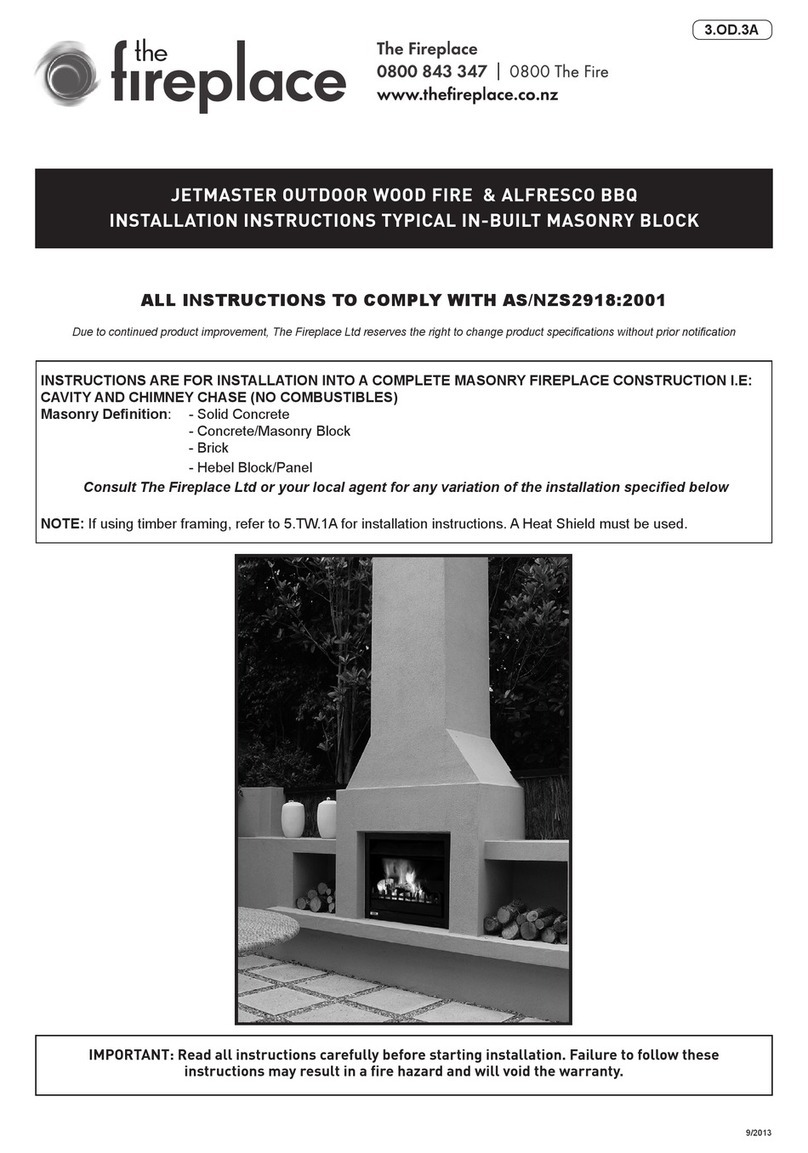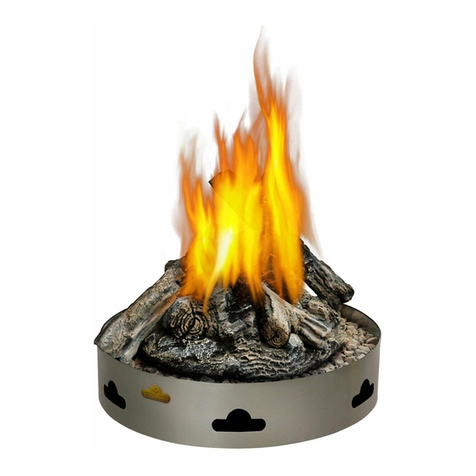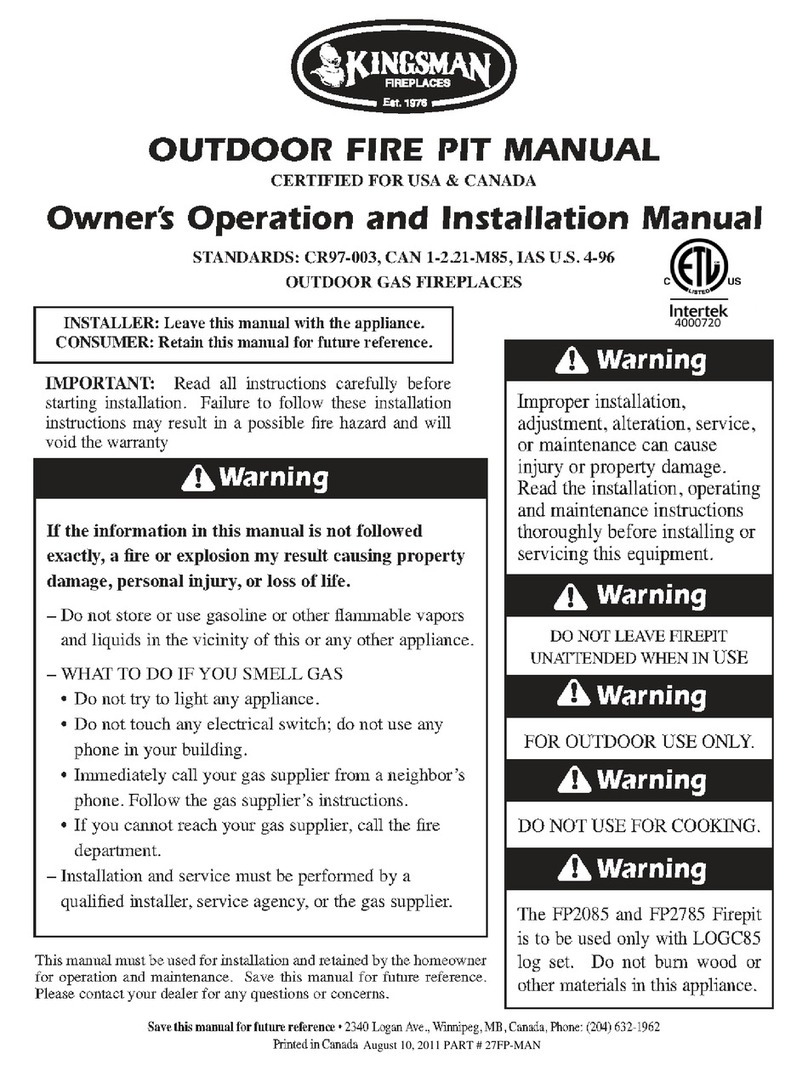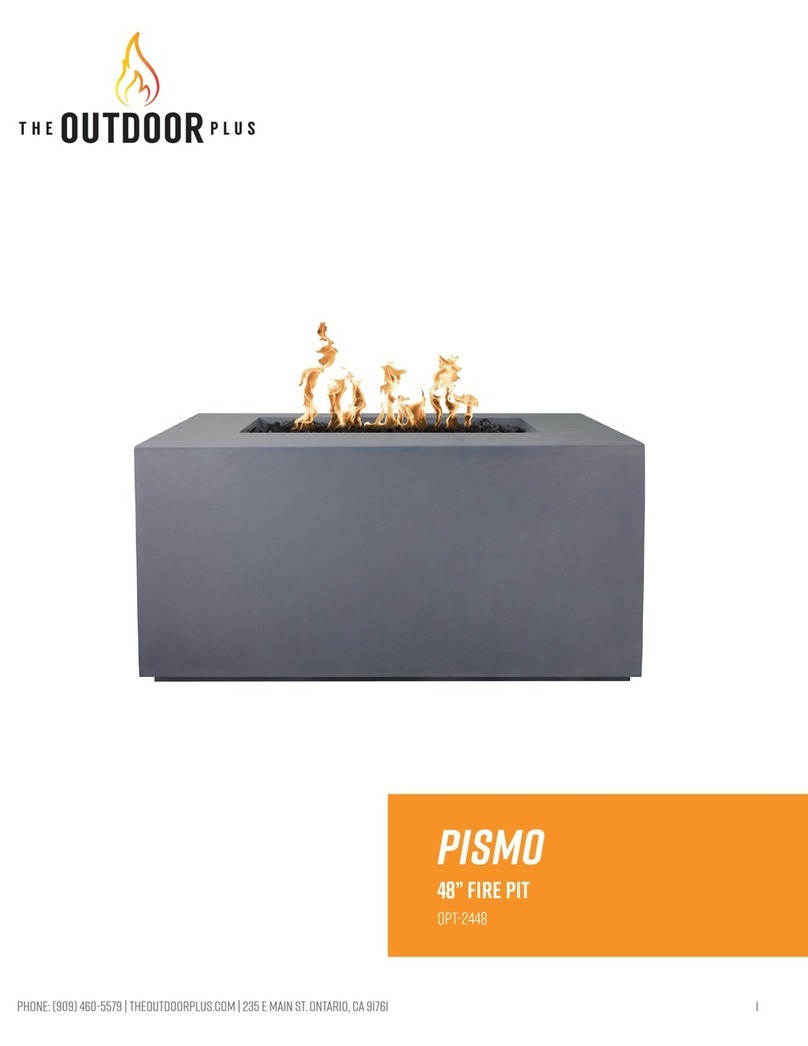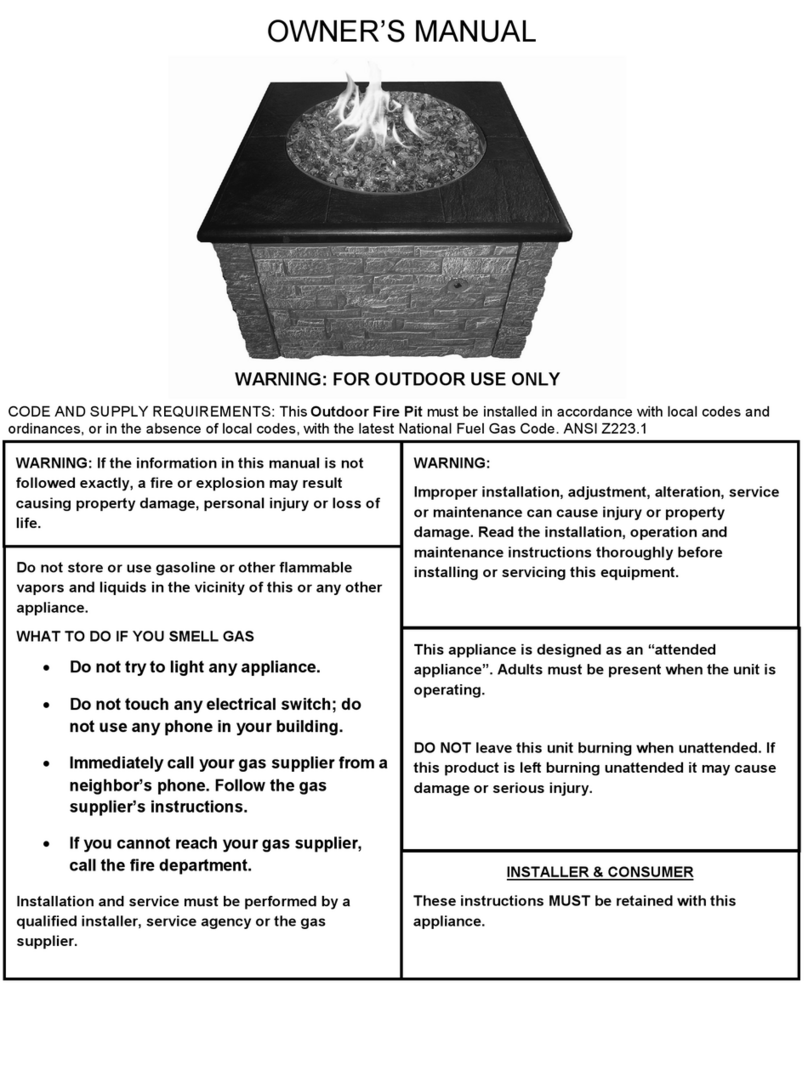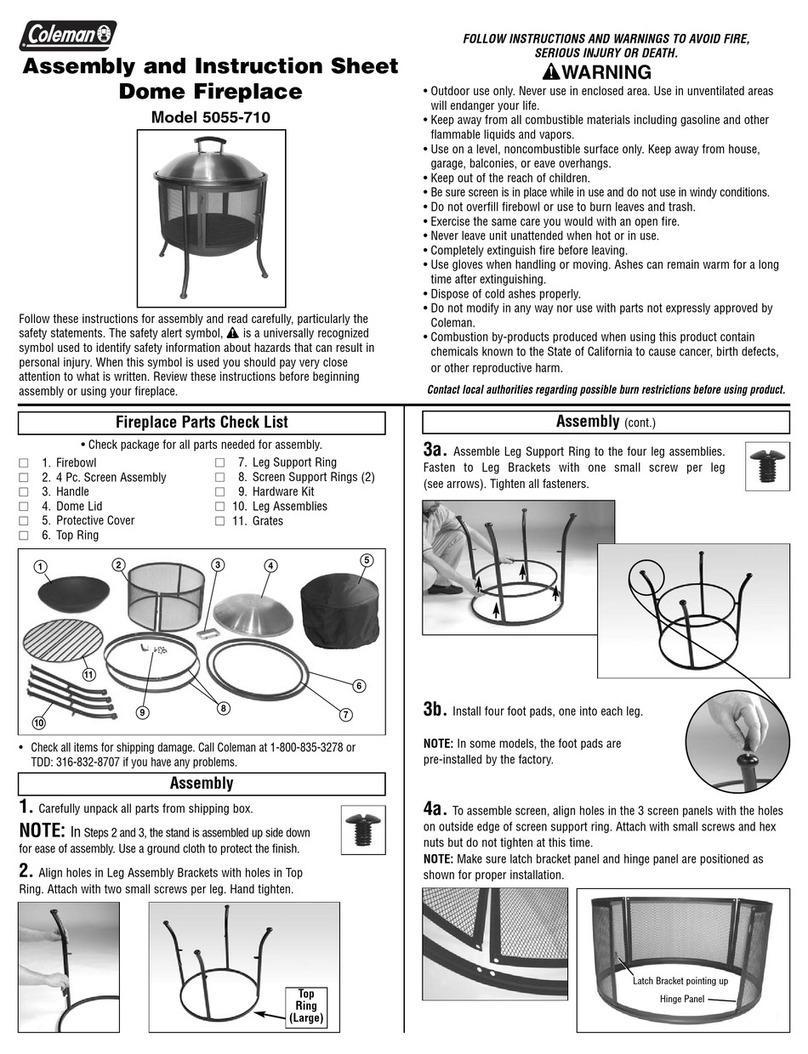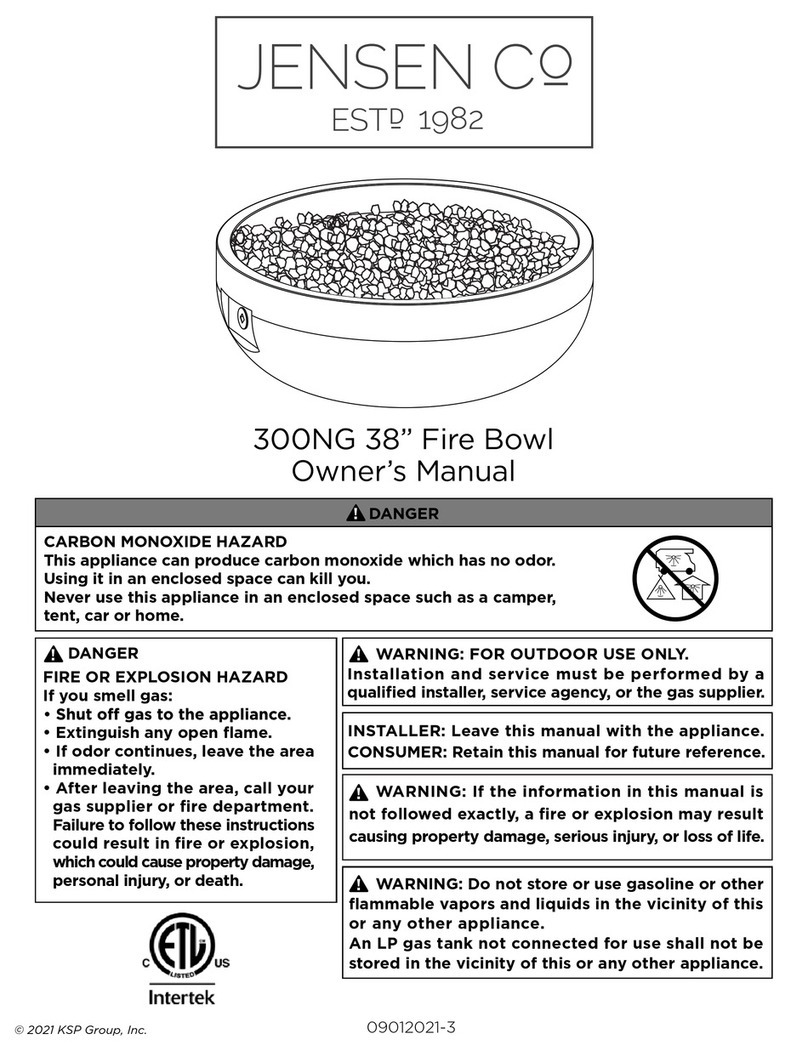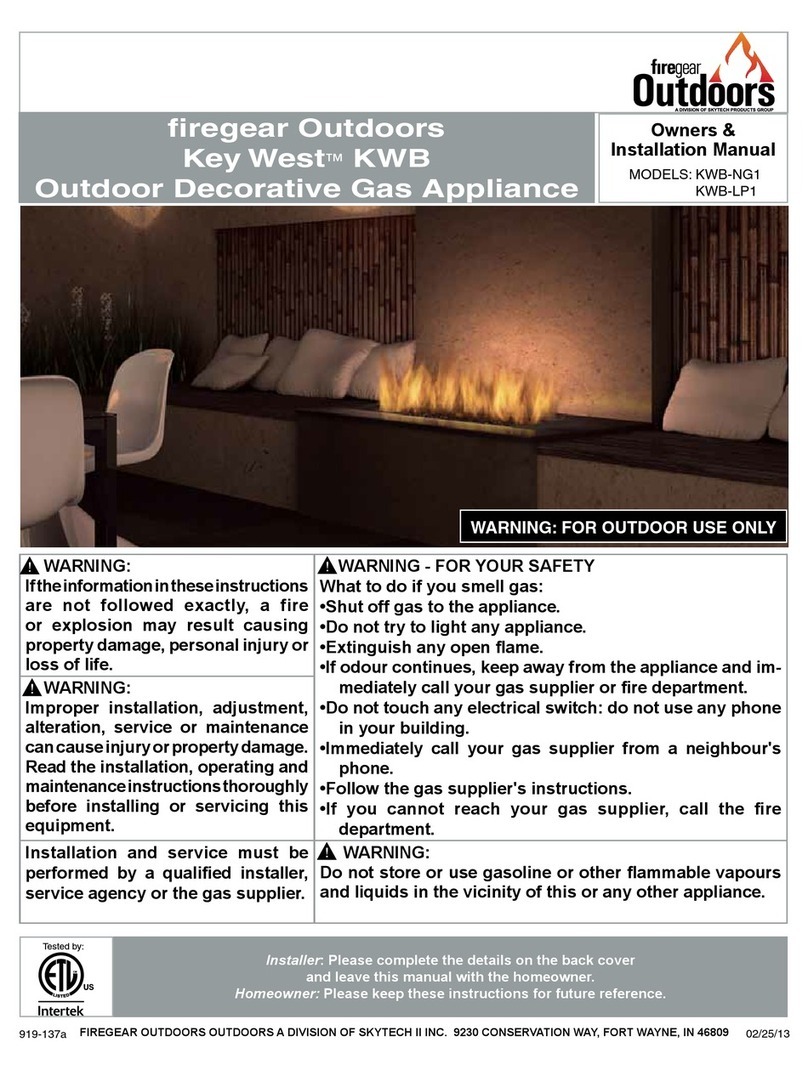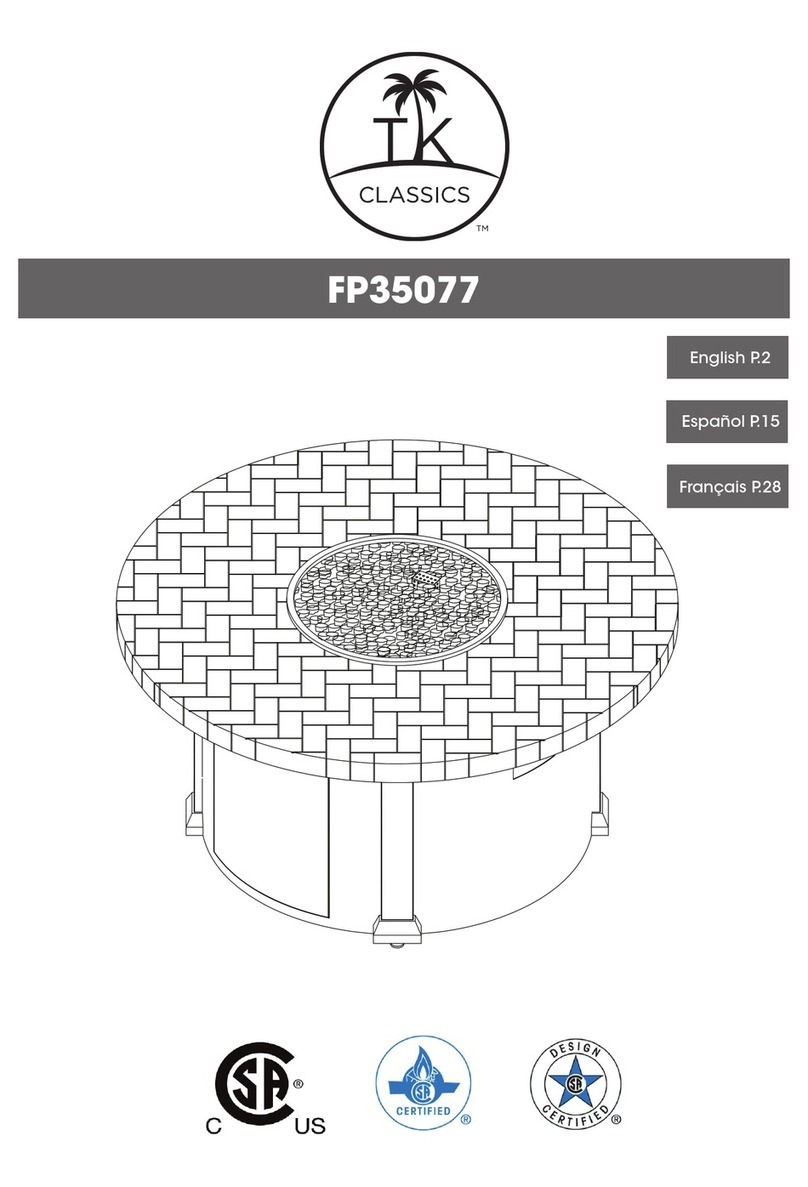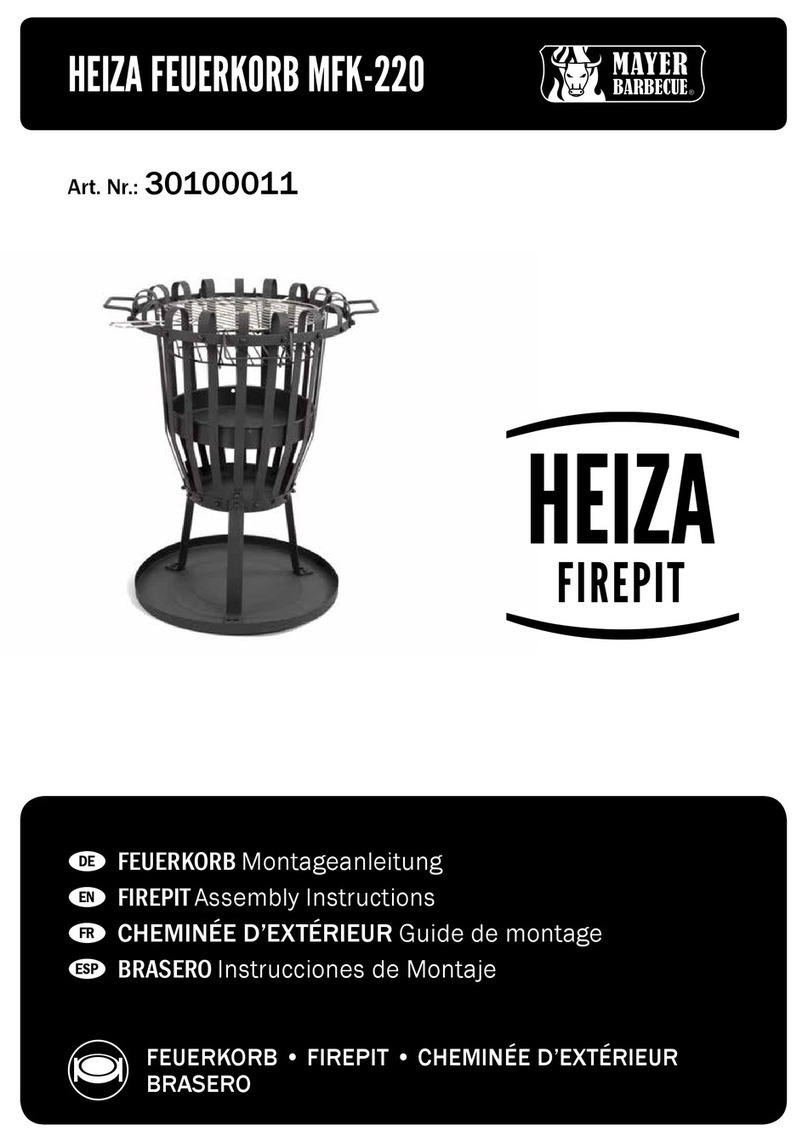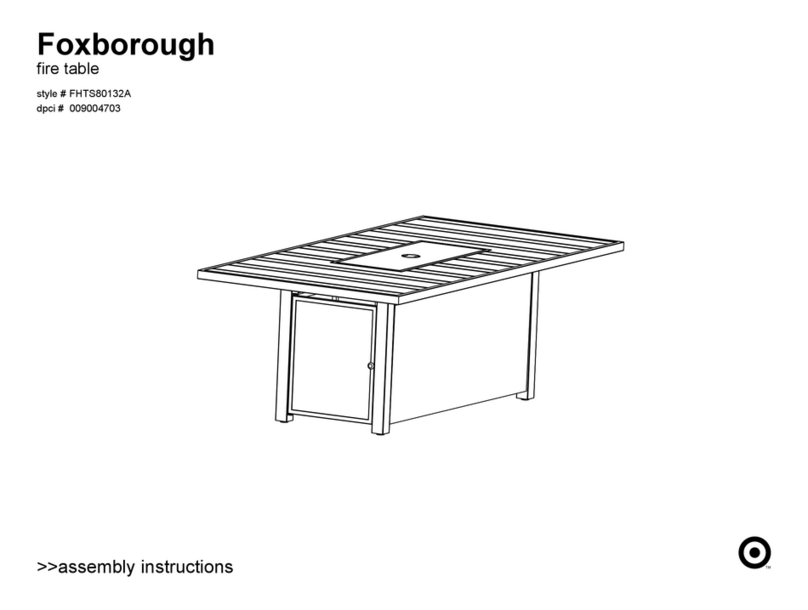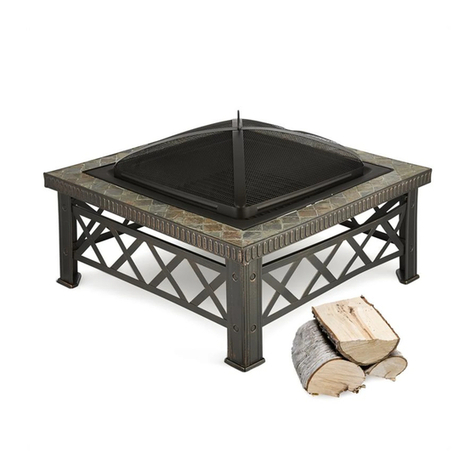
Page i
Contents
1. Gene al Info mation ........................................................................................................ 1
1.1. Important Note About ODS Pilot ............................................................................... 2
1.2. Fire Fret Dimensions ................................................................................................ 3
2. Use Inst uctions ............................................................................................................. 5
2.1. Lighting Procedure ................................................................................................... 5
2.1.1. Lighting Procedure (Manual BM Control) ........................................................... 6
2.1.2. Lighting Procedure (Manual Mertik Control) ....................................................... 7
2.1.3. Lighting Procedure (Remote Control) ................................................................. 8
2.1.4. Lighting Procedure (Optimum Control) ............................................................... 9
2.1.5. Lighting Procedure ( otal Control) ................................................................... 10
2.1.6. Manual Operation ( otal Control) ..................................................................... 11
2.2. Battery Replacement (Remote Control and otal Control) ...................................... 12
2.2.1. Handset ........................................................................................................... 12
2.2.2. Receiver Unit ................................................................................................... 12
2.3. Battery Replacement (Optimum Control) ................................................................ 13
2.4. Fuel Effect Layout .................................................................................................. 14
2.4.1. Coal Layout ..................................................................................................... 15
2.4.2. Custom 18 Plus Example Coal Layouts ........................................................... 16
2.4.3. Custom 18 Plus/B and Custom 18 Plus/S Example Coal Layouts (up to 9.5”
deep) 16
2.4.4. Custom 18 Plus/S Example Coal Layouts (up to 11.5” deep) ........................... 17
2.4.5. Pebble Effect Layout ........................................................................................ 18
2.5. Home Improvements .............................................................................................. 23
2.6. Cleaning Instructions.............................................................................................. 24
2.6.1. Cleaning the Fire-Bed and the Imitation Coals/Pebbles ................................... 24
2.6.2. Cleaning the Pilot............................................................................................. 25
2.6.3. Black Painted Metal Surfaces .......................................................................... 25
3. Installation Inst uctions ................................................................................................ 27
3.1. General Safety Requirements ................................................................................ 27
3.2. Flue Requirements ................................................................................................. 27
3.3. echnical Data ....................................................................................................... 28
3.4. Appliance Location ................................................................................................. 29
3.4.1. Floor Level and Raised Fireplace Openings ..................................................... 30
3.4.2. Independent Canopy ....................................................................................... 31
3.4.3. Physical Barrier ............................................................................................... 32
3.5. Ventilation .............................................................................................................. 34
3.6. Contents Checklist ................................................................................................. 34
3.7. Installation Procedure ............................................................................................ 35
2.1.1. Installing the Fire ............................................................................................. 35
3.7.1. Continuation of Installation - Remote Control Model ........................................ 35
3.7.2. Continuation of Installation - Optimum Control Model....................................... 36
3.7.3. Continuation of Installation - otal Control Model ............................................. 37
3.7.4. Continuation of Installation - Detached Control Model ...................................... 38
3.7.5. Commissioning ................................................................................................ 39
3.7.6. Checking for Spillage ....................................................................................... 40
3.7.7. Instructing the User .......................................................................................... 40
4. Se vicing Inst uctions ................................................................................................... 41
4.1. General Requirements ........................................................................................... 41
4.2. Servicing Instructions ............................................................................................. 41
